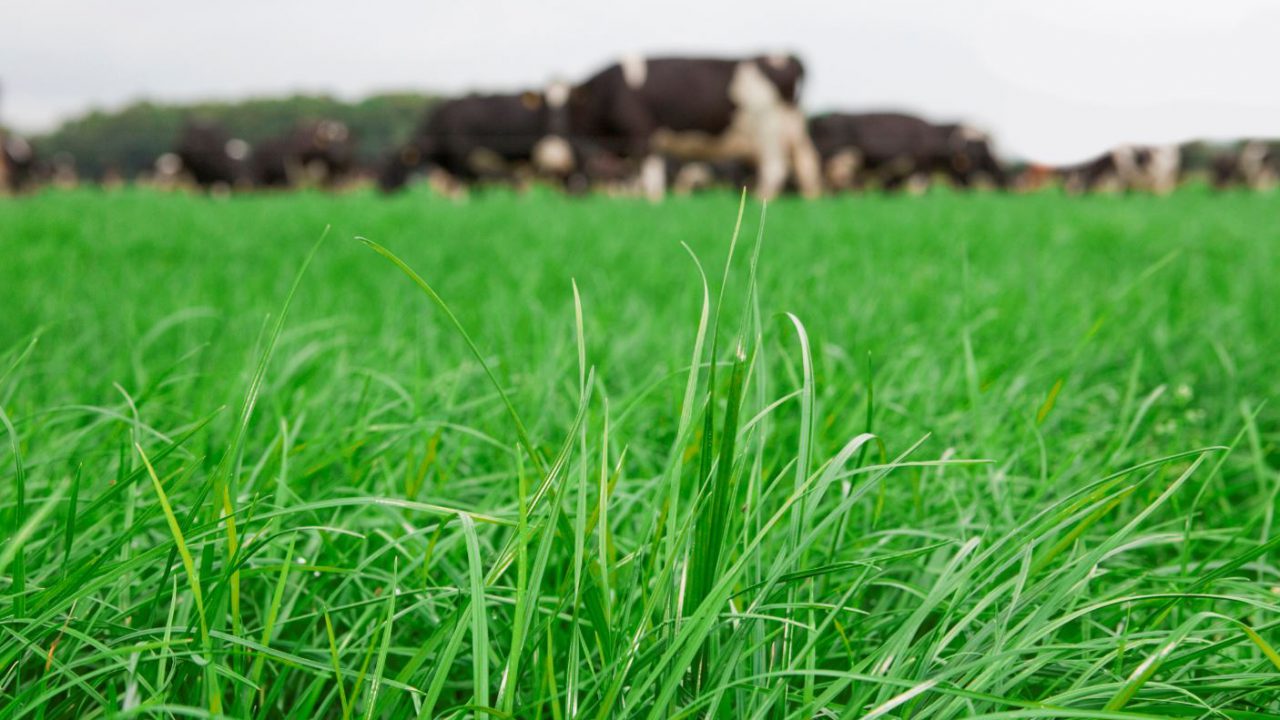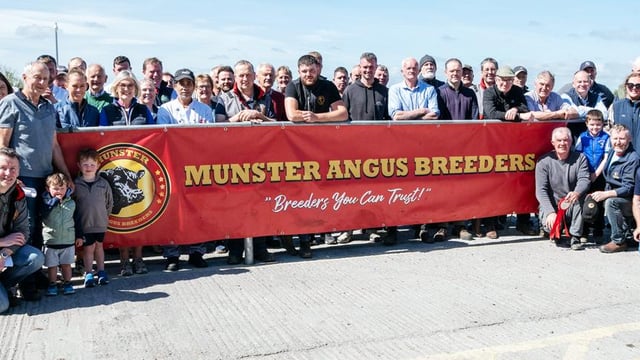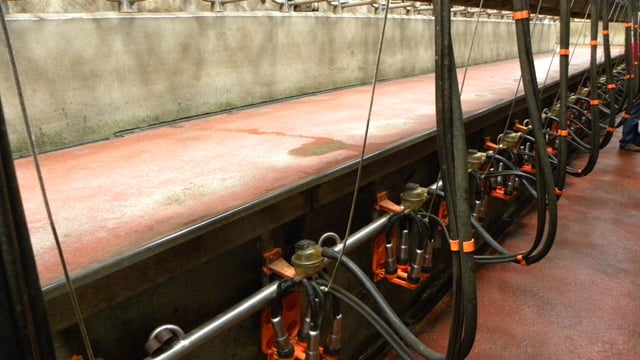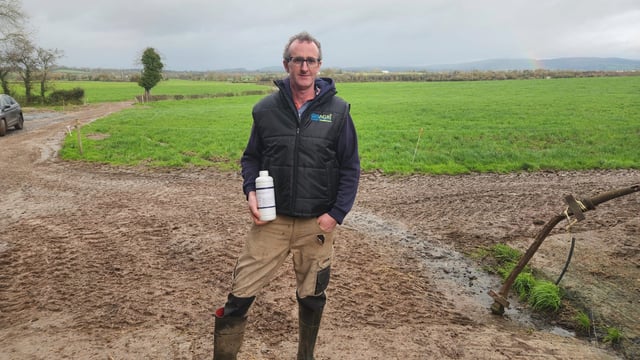Grass growth: Huge variation in covers, growth across country
The variation in grass growth rates across the country continues as farmers find it difficult to build covers.
The dry spell of weather over the past fortnight has dried up a lot of farms, which has knocked grass growth significantly.
With these soil moisture deficits stemming from the south of the country right up into the south-east and a lot of the east coast of the country, it has been hard to find opportunities to get out fertiliser, as uptake of nutrients in dry conditions can be poor.
However, the last couple of days has seen as much rainfall as there was in the last few weeks in many areas, which may increase growth rates and give opportunities to get out fertiliser effectively.
Depending on how much fertiliser you got out in August and depending on your nitrogen allowance for the rest of the year, farmers should be aiming to get out 20-30 units of N/acre between now and September once there is moisture in the ground.
It is a great time of the year to spread potassium, and spreading a product like 29-0-14 can help replace K on paddocks that were cut for silage or surplus bales, or paddocks that have a poor K soil index. Applying watery slurry to paddocks works well during dry conditions.
Grass growth
Average grass growth across the country is at 46kg dry matter (DM)/ha/day with a demand of 47kg DM/ha/day, but this average can be quite misleading as it varies massively around the country.
In the south of the country, average growth is 38kg DM/ha/day, while the east and midlands averaged 49kg DM/ha/day and the west of the country is still up at 62kg DM/ha/day.
So, at this moment in time there are a number of farmers in the west reducing the amount of meal in the diet to get through grass while comfortably building covers, whereas farms in the south and south-east particularly are struggling to build covers and hold the rotation and have to supplement heavily with silage, meal, or palm kernel.
62% of dairy farms in the country have a mean average farm cover (AFC) of 652kg DM/ha and a cover/lifestock unit (LU) of 193kg/DM/LU which means these farmers need to try and hold the rotation at 28 days at least by now through supplementing with silage and meal.
Feeding silage will replace more grass in the diet than meal. If a 100 cow herd are grazing 1,200kg DM/ha covers - then these cows will be eating 12kg of DM grass each. With a daily intake of 18-19kg DM/day, then 6-7kg of DM is going to have to be made up of meal and silage.
Cows will eat 5-6 kg DM grass in 3-4 hours, so one option is for cows to be fed for a few hours after morning milking and a few hours before evening milking in order to reach their required dry matter intake. Ensure there is enough feed space at feed barriers.
These farms should also consider removing surplus stock and/ or cull animals off the farm and make all grazing area available to the herd.
13% of farms have a mean AFC of 893kg DM/ha with a cover/LU of 364kg DM/LU which is actually ahead of the target of 330kg DM/LU cover by September 1.
For these farmers who are still experiencing high grass growth rates, keeping quality grass ahead of the cows is the priority and the aim should be to go into covers of 1,500-1,600kg DM/ha at this time of the year, while reducing meal to hold the rotation at about 30 days.
The current average diet across the country, according to Pasturebase Ireland was 14.5kg of grass, 3.5kg of meal, and 1kg of silage, with an average pre-grazing yield of 1,574kg DM/ha.





